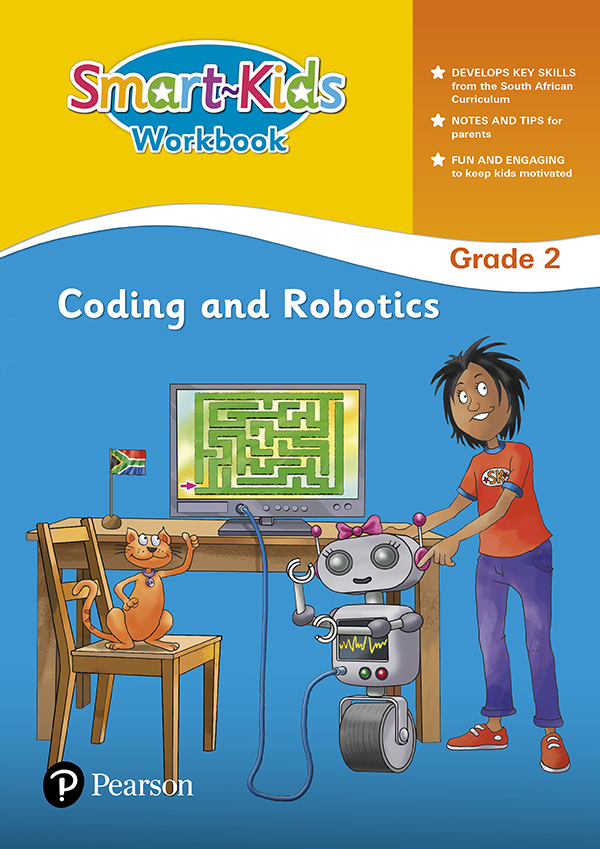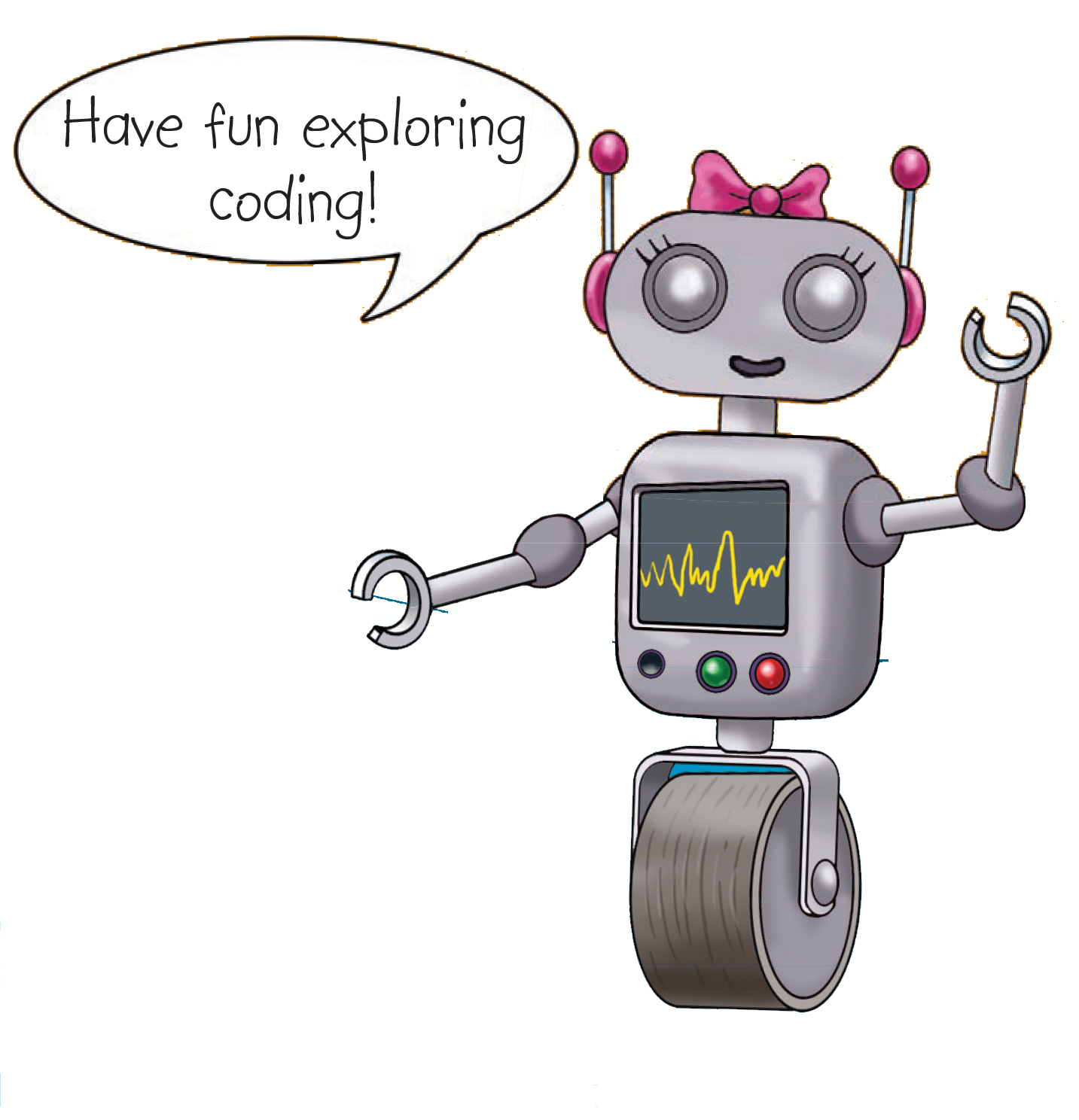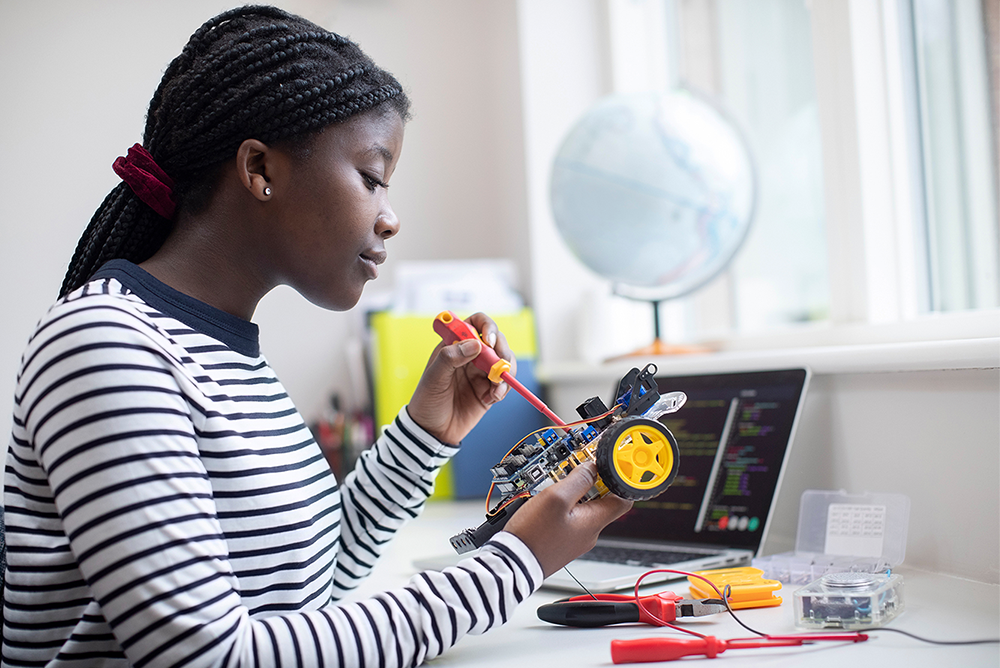Pearson South Africa launches an initiative to upskill emerging academic authors
Pearson South Africa has launched a project to identify and upskill subject matter experts, from Grade R to 12, who are interested in becoming academic authors. Candidates that meet the selection criteria will be invited to attend a free online workshop that will outline the publishing process and provide them with the knowledge and tools to write educational content for the curriculum.
Pearson is dedicated to creating positive social impact, from our products and strategies to the way we engage with our millions of learners, partners, and communities around the world.
“We continually work with educators and learners to improve our products and services, ensuring they have the most positive impact on learning. In this way, we’re able to deliver better education to more people,” says Dr Benadette Aineamani, Director of Product & Service at Pearson South Africa.
“We create content in all 11 official languages and have a footprint in all 9 provinces. Our unique insight and local expertise come from our long history of working closely with the Department of Education, teachers, learners, researchers, authors and thought leaders”.
In the pilot phase of the Pearson Author Development Training Initiative, 32 foundation phase teachers, specialising in English, Afrikaans, Life Skills, Mathematics and Home Language, attended three workshops, spanning over three weeks.
The training was delivered by Cheryl Gleeson Baird, an experienced author, as well as Content Developers and Managing Editors from Pearson who shared their vast knowledge, experience and expertise. At the end of each session, participants were given an assessment task.
Participants found the training workshops extremely engaging and interactive. “I’m really appreciative of how detailed and informative the sessions have been, especially for sharing the back-end processes,” declared an attendee who participated in the workshop.
Even established authors found the workshop refreshing as one participant provided positive feedback, “having Cheryl, who is an actual author, authenticated the rest of the session as it talked to the ‘real stuff’ – I found this useful even as an experienced author”.
The key focus areas covered in the training will help emerging authors understand the book production process, how to interpret the curriculum, write for the syllabus and correct language level, align different components for complete content, recognise multilingual aspects in content creation and understand digital pedagogy. Participants will also gain more practical experience in understanding how to write artwork briefs, text and photo permissions, avoid plagiarism, and mark up corrections in Adobe Pro.
Pearson was pleased that the initial workshops were successful in providing emerging authors with practical experience to enhance their skills. “The book production processing section was very useful in organically explaining the importance of time management and adhering to deadlines and the domino effect of late submissions,” mentioned a participant.
Pearson South Africa will be launching phase 2 of their Author Development Training Initiative in July, with workshops scheduled for the second week of July, during the school holidays.
All educators and subject matter experts who would like to learn more and are interested in participating in the Pearson Author Development Training, are encouraged to complete the application form at the below link.
Applicants will need to upload their CV and an example of material that they have created for their classroom, such as an activity, a detailed lesson plan or worksheet.
Pearson Author Development Workshop
Pearson Author Development Training Application Form
In the training, you can expect to learn:
- Book production process
- How to interpret the curriculum
- Writing to the syllabus and language level
- Aligning different components for complete content
- Multilingual aspects in content creation and Intertextuality
- How to write artwork briefs, text and photo permissions, plagiarism
- How to mark up in Adobe Pro
- Digital Pedagogy
- Digital show and tell











